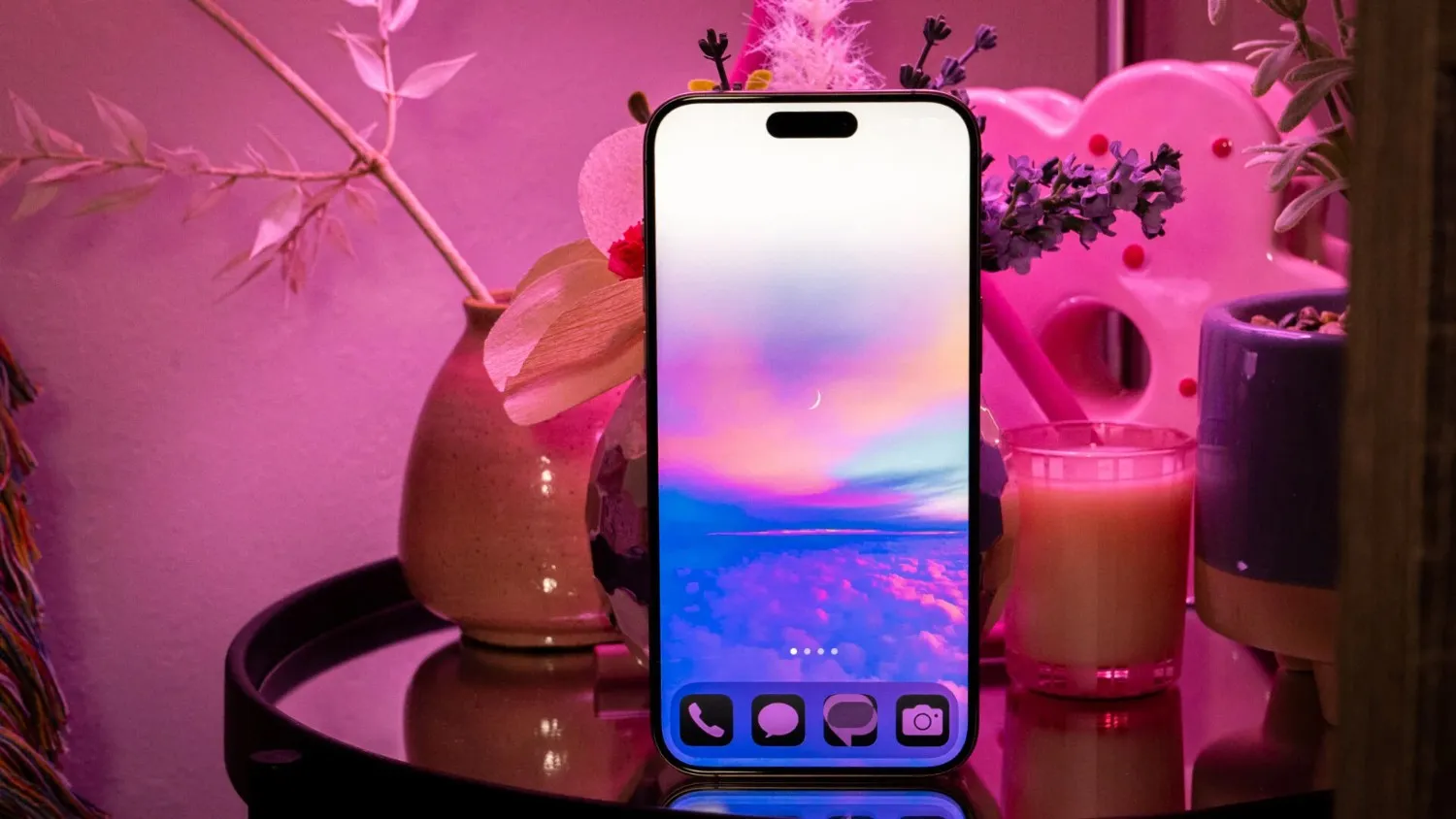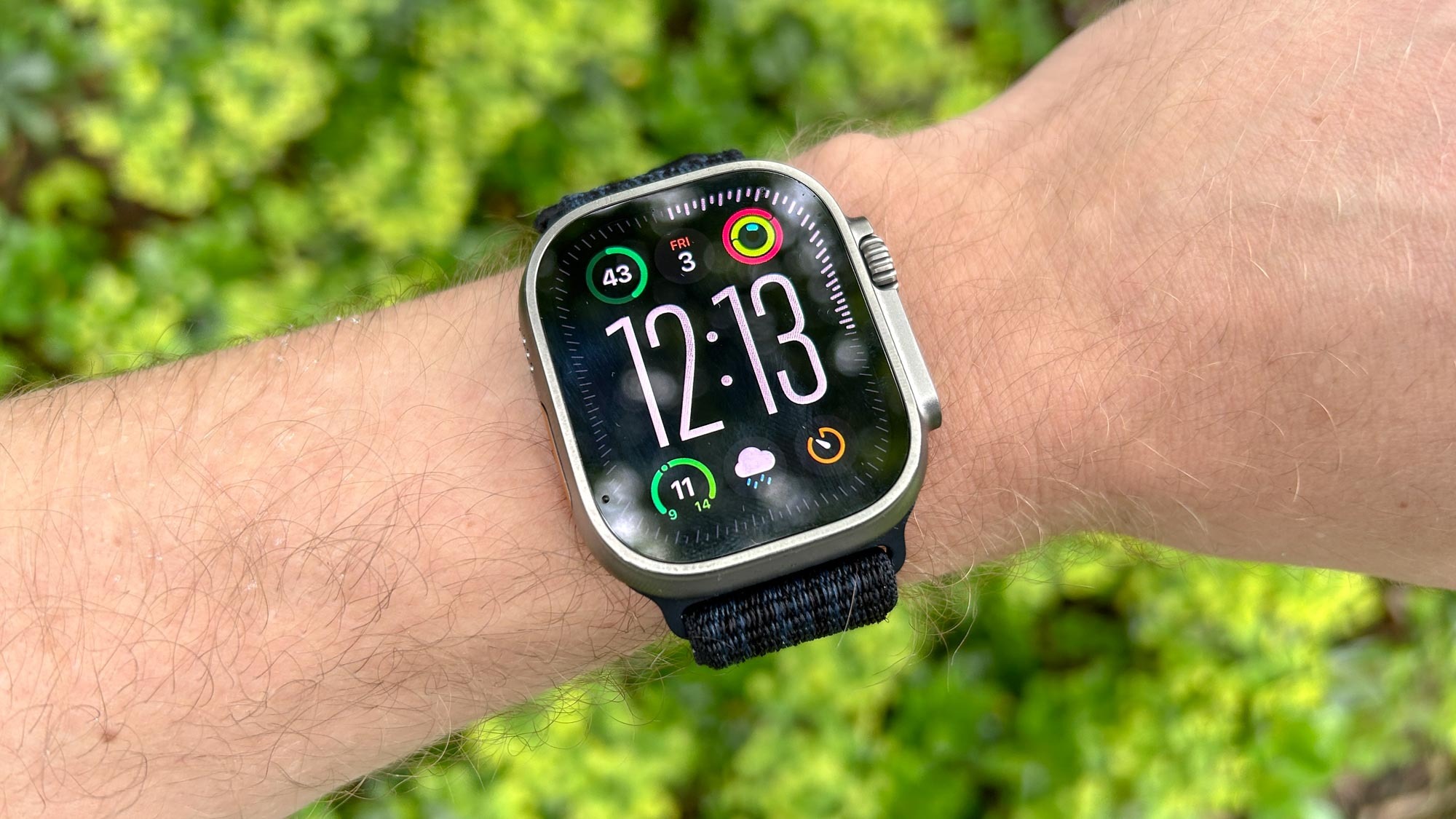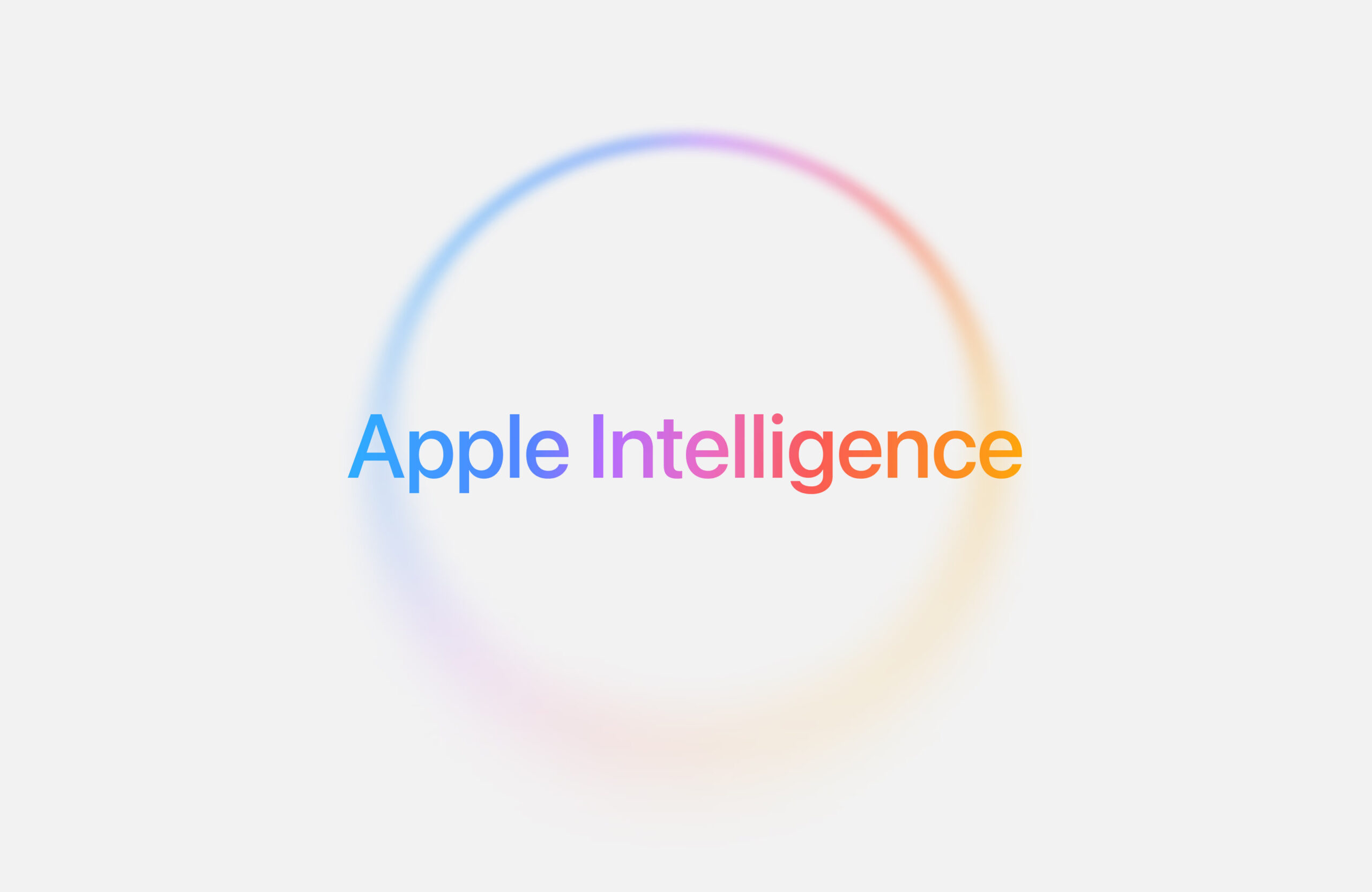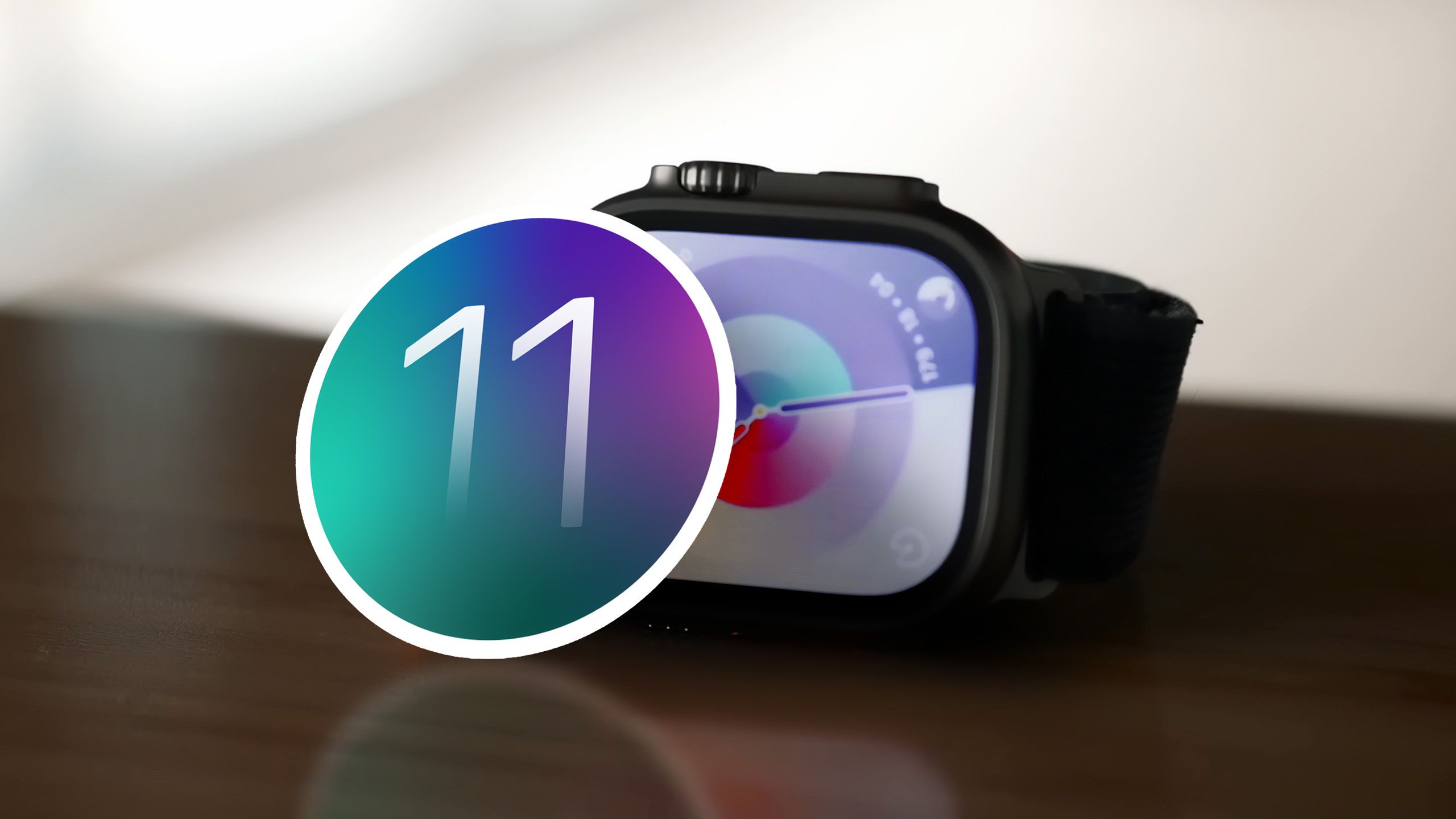Apple has released the second public beta of iOS 18.5, iPadOS 18.5, macOS 15.5, watchOS 11.5, and tvOS 18.5. This comes a day after the developer beta was made available. If you’re signed up for Apple’s public beta program, you can now try out these updates on your devices.
iOS 18.5 doesn’t bring major new features, but there are a few small changes. The Apple Books app now lets users follow their favorite authors, helping them discover new books more easily. Apple News+ has added a new “Quartiles” game, continuing the trend of daily puzzles like Crossword and Mini Crossword. These features are only available in selected regions.
These updates are likely being tested as Apple prepares for its next big software reveal at WWDC 2025 in June. iOS 19 and other next-gen platforms will be introduced then, with final releases expected in the fall. Until then, iOS 18.5 and similar updates focus on small improvements and bug fixes.
The beta is free to download for anyone enrolled in Apple’s beta program. Just go to the Settings app, choose General, then tap Software Update. Make sure your device is backed up before installing, since beta versions can still have bugs.
More updates and changes might appear in upcoming betas before the final release.






